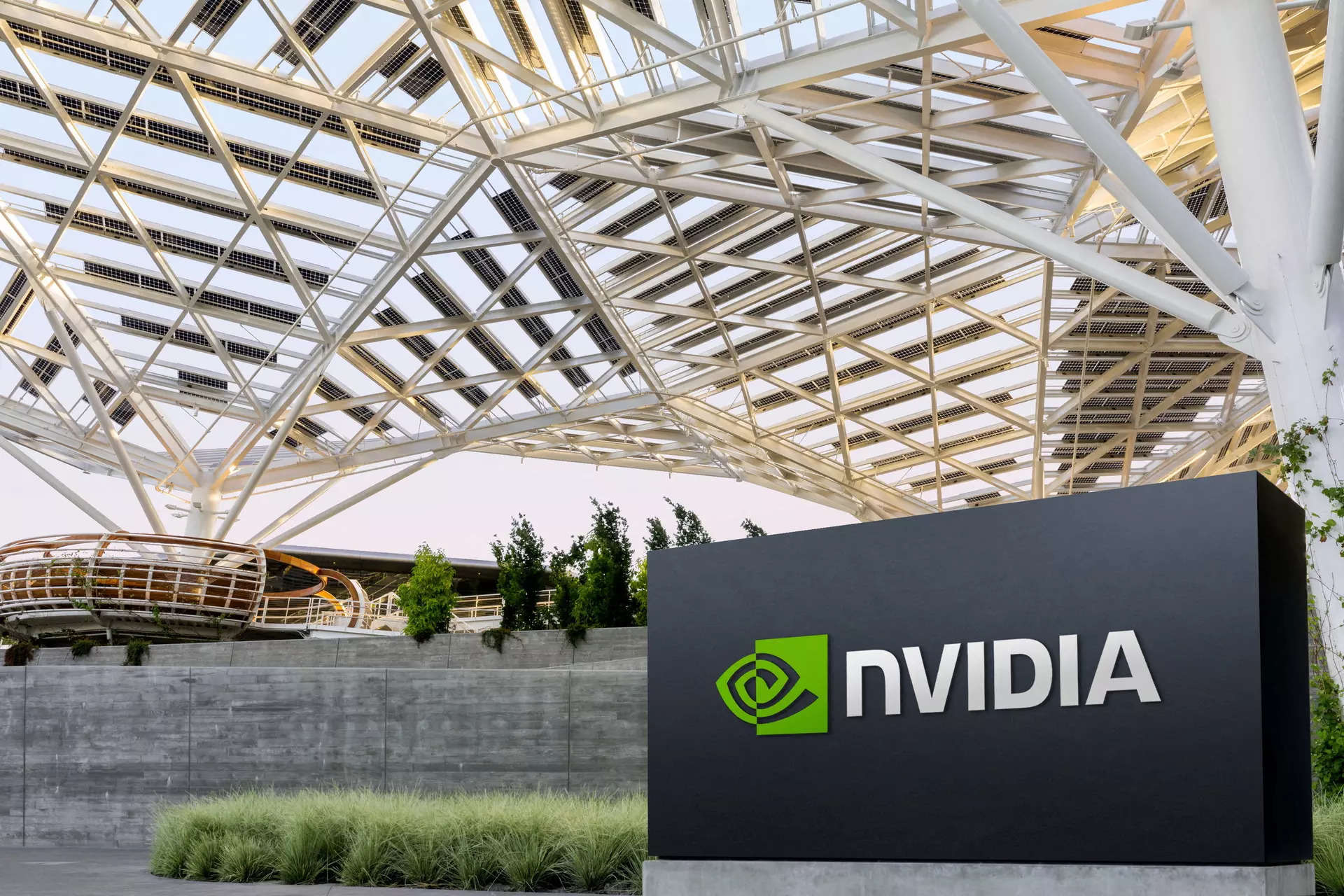
Nvidia said on Monday it is expanding its collaborations with BYD and other Chinese automakers that are racing to build self-driving vehicles and AI-augmented infotainment technology to compete in global markets.
BYD, which overtook Tesla last year as the world’s No. 1 electric vehicle manufacturer, will use Nvidia’s next generation of in-vehicle chips, called Drive Thor, to enable increased levels of autonomous driving and other digital functions, Nvidia said.
BYD will also use Nvidia technology to streamline factories and its supply chain, as well as to develop virtual showrooms, Nvidia Vice President for Automotive Danny Shapiro said during a conference call.
“Drive Thor is going into BYD (vehicles) next year,” Shapiro said.
Chinese automakers BYD, Xpeng and GAC Aion’s Hyper brand are among several automakers and autonomous truck developers that announced expanded collaborations with Nvidia on Monday as part of the chipmaker’s GTC developer conference in San Jose, California. Chinese automakers Zeekr, a unit of Geely, and Li Auto had previously said they would use Nvidia’s Drive Thor technology.
Chinese auto brands are turning to Nvidia as they use advanced technology to compensate for what they currently lack in global brand recognition. BYD and its rivals are driving to expand sales in Europe, Southeast Asia and other markets outside China, while competing with Tesla and other established Western vehicle brands in their home market.
“There’s a massive number of Chinese automakers,” Shapiro said. “They have a lot of incentives in place to innovate, a lot of regulation that’s favorable” to developing increasing levels of automated driving.
Among other new automotive and industrial partnerships announced by Nvidia on Monday is a collaboration with U.S. software company Cerence to adapt large language model artificial-intelligence systems for in-car computing, Shapiro said.
Chinese computer maker Lenovo is also collaborating with Nvidia on large language model deployment, Nvidia said.
Soundhound will use Nvidia technology to develop an in-vehicle voice command system that could allow a vehicle owner to obtain information from a virtual owners manual using speech commands.
Nvidia did not refer to OpenAI or other large language model AI developers by name.

